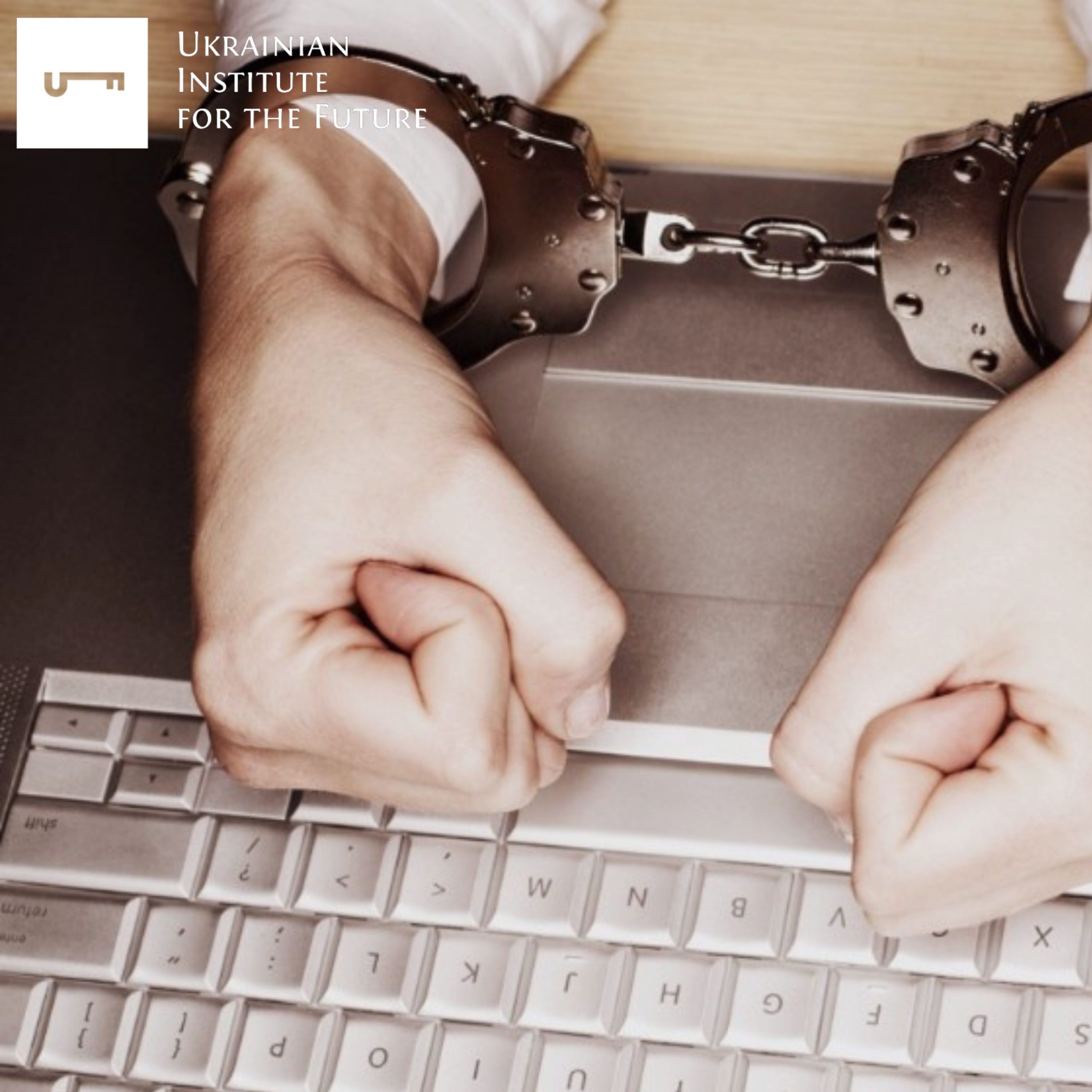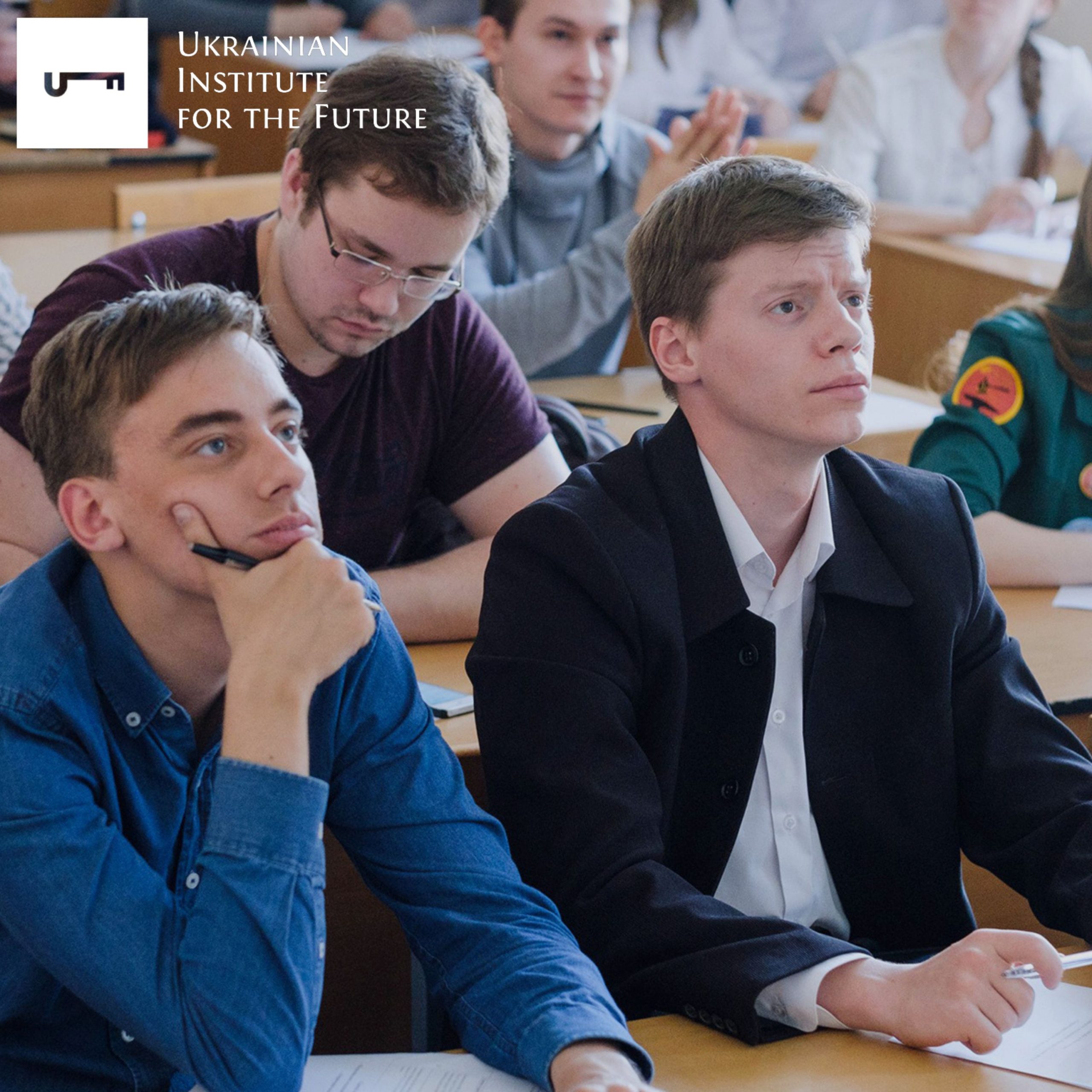The resonance generated by the distribution of a number of videos related to the conflict surrounding the hypothetical construction of an Islamic religious building in the Kosino-Ukhtom district in Moscow illustrated the presence of a long-known but “swept under the carpet” contradictions in the ethnoconfessional environment in the Russian Federation.
So far, the authorities have been able to quell the conflict. Still, it will undoubtedly arise as soon as the government begins to weaken (even slightly), and the Muslim leaders in Moscow become a little stronger. Now the authorities were able to extinguish the conflict relatively quietly, but clearly, it cannot be resolved so quickly. The main reason that makes it impossible to resolve this conflict is the power structures’ xenophobia and the aggressiveness of the “Orthodox majority”, which cannot and does not want to come to terms with the fact that the number of Muslims in Moscow, as well as in Russia, will grow in the near future.
This analysis begins with the fact that there is a critical lack of mosques in the Russian capital. According to various estimates, the Muslim community of “Greater Moscow” can reach 2 million people (both citizens of the Russian Federation and migrants). Representatives of Muslim spiritual authorities operate with figures of 3-4 million people (which is probably an exaggeration). In any case, Moscow’s four mosques (of which only 2 are relatively spacious) are not enough to meet the religious needs of believers. It is clearly seen during the biggest religious holidays (for example – Kurban Bayram), when the media are full of photos of thousands of Muslims praying on the streets, in the open air, and around existing mosques.
Secondly, the issue of construction was repeatedly raised before Moscow’s leadership, but no favourable decision was ever made. This was significantly negatively perceived by Muslims also because the refusals occurred against the background of maximum assistance to the construction of temples of the Russian Orthodox Church (Patriarch Kirill promoted the project of “temples within walking distance” for each of the Moscow neighbourhoods).
Thirdly, one of the reasons that forced the Moscow City Hall to “freeze” the solution to the problem was the understanding of the sentiments prevailing among non-Muslim Moscow residents. Xenophobia and Islamophobia were closely intertwined with the “non-acceptance” by such citizens of the fact that “Caucasian communities” are influential in the city and their contempt for migrant workers from the republics of Central Asia.
The history of this specific conflict goes beyond the “basic” issues with the construction of the mosque in Moscow.
First of all, it is necessary to pay attention to the fact that the situation did not arise suddenly. The media coverage around it rose (and subsided) as early as last year. At the same time, no new public “irritants” arose in connection with it. On the other hand, protests against the possible construction have clear signs of “political-technological” intervention. The public movement “Sorok sorokov”, which acts as one of the organizers of “prayer meetings”, is by no means an uncontrolled organization of Orthodox fundamentalists, and its leaders would not risk such an action without guarantees of their tacit approval by their curators in the Russian special services.
However, in this case, the most interesting aspect is the involvement of the mixed martial arts fighter Maksim Divnych as the ” frontman ” of the protests. It seems to be a purposeful provocation, designed for an immediate and sharp reaction from the Caucasian (primarily Chechen) diaspora (up to 90% of athletes in this sport are from the North Caucasus). Divnych was “pelted” with almost undisguised threats of physical violence, and the Head of the Republic of Chechnya, Ramzan Kadyrov, reacted personally to his words.
The latter “moved” the discussion to the level of discussion of the inadequacy of the situation when Muslims are fighting “for the Russian land in the Donbas”, but instead have to endure humiliation and insults from Russian nationalists in Moscow. A video recorded by Chechen servicemen appeared on social networks, in which they demanded that the organizers of the protests against the construction of the mosque be prosecuted under the article “inciting ethnic and religious enmity”. At the same time, threats were voiced to resolve this issue “independently” if this ultimatum is not fulfilled.
It can be assumed that those who provoked the escalation of the conflict around the hypothetical construction of the mosque pursued some limited goals (such as to demonstrate that Kadyrov is not “all-powerful” and his influence is not enough to ensure the Muslims of Moscow the right to build new mosques). Also, the redistribution of criminal spheres of influence in Moscow cannot be ruled out.
However, in the end, all parties temporarily decided to silence the current conflict. This story showed that despite the war, contradictions on national and religious grounds have “reduced” over the last year only in the imagination of Russian propagandists. After such a public discussion, any possible decisions that will be made will not be able to satisfy the Muslim and non-Muslim part of Moscow residents simultaneously. They will have to look for temporary compromises for which neither side is ready. As already mentioned above, the main reason that makes it impossible to resolve this conflict is the xenophobia of the power structures and the aggressiveness of the “Orthodox majority”, which cannot and does not want to come to terms with the fact that the number of the Muslim population in Moscow, as in Russia, will soon grow even more. The growth of the Muslim population and its increasing role in the administration of the state cannot help but cause conflicts, which are based precisely on the superior attitude of the Orthodox majority, which does not want to put up with the reduction of its influence.
As a result, it can be stated that the line of conflict between the Muslim and Orthodox parts of Russia is currently the main line of division in Russian society. At the same time, all those who try to think straight and talk about this split do not consider the peculiarity of the Russian Muslim community. It does not have a single center of influence. Moreover, religious authorities for an imaginary Chechen Muslim are different for an imaginary Tatar or Ingush Muslim. Therefore, it is challenging to imagine the appearance of a “united Muslim front” in Moscow soon. Although this conflict will either simmer or flare up regularly. And it has every chance to explode when the center and its repressive machine weaken.




